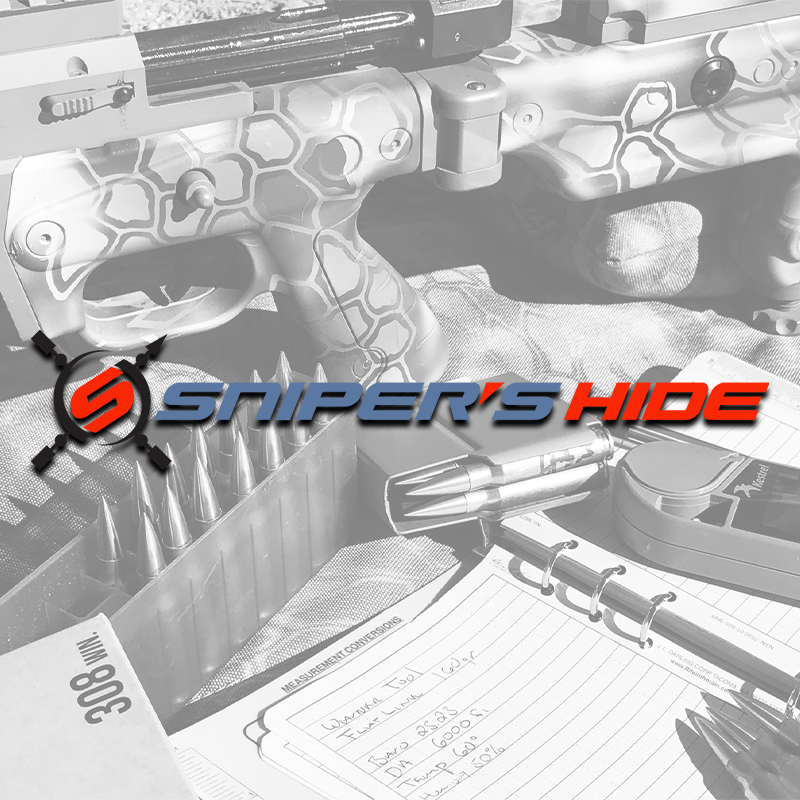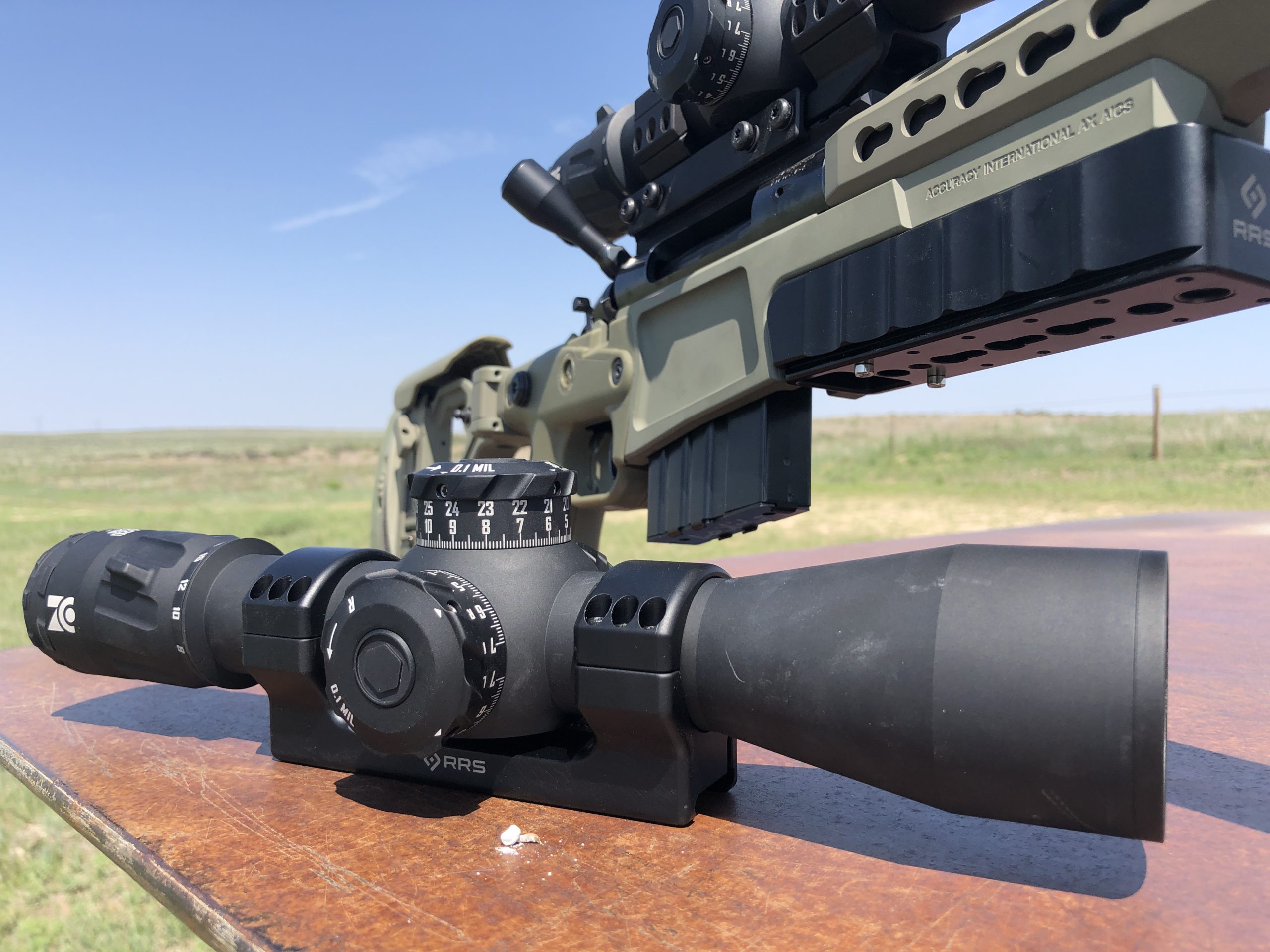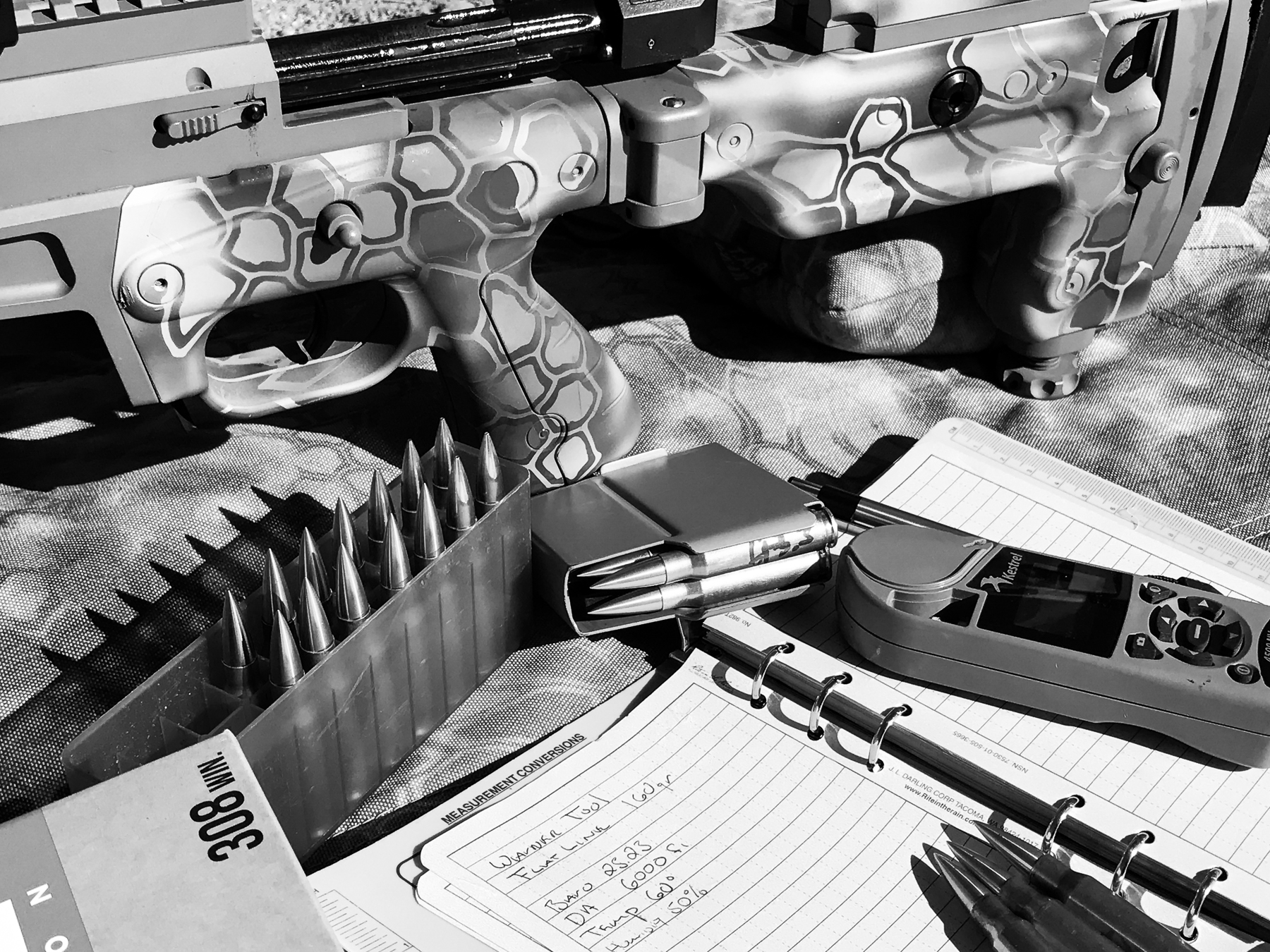Hello all,
I have been reading and talking to folks I know about how to select all the equipment I'm going to need for my first hunt. It will be deer in Arizona (either Flagstaff or Tuscon area).
After aggregating all the advice I've received so far, I've narrowed down my scope options to two Trijicons (there are specific reasons why I buy Trijicon):
A) Credo 2.5-15x42
B) Credo 2-10x36
Scope will be mounted on a Model 70 Featherweight, .308.
The features I (think) I want include the following:
A minimum magnification as close to 1x as possible for 2 eyes open shooting
As much maximum power as I can get while still having a very low power option
As much eye relief as possible
A low profile when mounted (which is why I like the 40-ish mm objective rather than a 50 or 56)
An ability to function in a "tactical" capacity... "just in case" (not super important, but nice to have)
Obviously, I want a quality sight picture/glass, as well.
Where I'm stuck is on the value of the additional available power and light gathering of the larger scope when compared to the pros/cons of FFP vs SFP configurations.
I have no clue what magnification I will "need" to make a clean shot, but hunters have advised me to buy as much magnification as I can afford in a quality scope (better to have too much scope than not enough).
I like the simplicity of FFP, but in this case, I'm not sure whether that simplicity is more valuable than the additional light gathering and magnification of the 42mm (SFP) option.
Is there a consensus on what is more valuable? Any anecdotes about which one is more useful to have?
Thanks in advance.
I have been reading and talking to folks I know about how to select all the equipment I'm going to need for my first hunt. It will be deer in Arizona (either Flagstaff or Tuscon area).
After aggregating all the advice I've received so far, I've narrowed down my scope options to two Trijicons (there are specific reasons why I buy Trijicon):
A) Credo 2.5-15x42
B) Credo 2-10x36
Scope will be mounted on a Model 70 Featherweight, .308.
The features I (think) I want include the following:
A minimum magnification as close to 1x as possible for 2 eyes open shooting
As much maximum power as I can get while still having a very low power option
As much eye relief as possible
A low profile when mounted (which is why I like the 40-ish mm objective rather than a 50 or 56)
An ability to function in a "tactical" capacity... "just in case" (not super important, but nice to have)
Obviously, I want a quality sight picture/glass, as well.
Where I'm stuck is on the value of the additional available power and light gathering of the larger scope when compared to the pros/cons of FFP vs SFP configurations.
I have no clue what magnification I will "need" to make a clean shot, but hunters have advised me to buy as much magnification as I can afford in a quality scope (better to have too much scope than not enough).
I like the simplicity of FFP, but in this case, I'm not sure whether that simplicity is more valuable than the additional light gathering and magnification of the 42mm (SFP) option.
Is there a consensus on what is more valuable? Any anecdotes about which one is more useful to have?
Thanks in advance.





